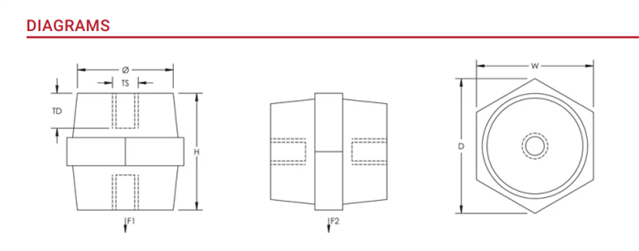Can someone explain why Erath bar is sitting on an isolators and not directly on the backplate creating solid earthing connection to the whole box/panel/enclosure?
I remember in my old place we bolted in PE bars directly on a backplate but in my present company we use isolators.
Is this normal procedure or only necessary in some circumstances?


Cheers
